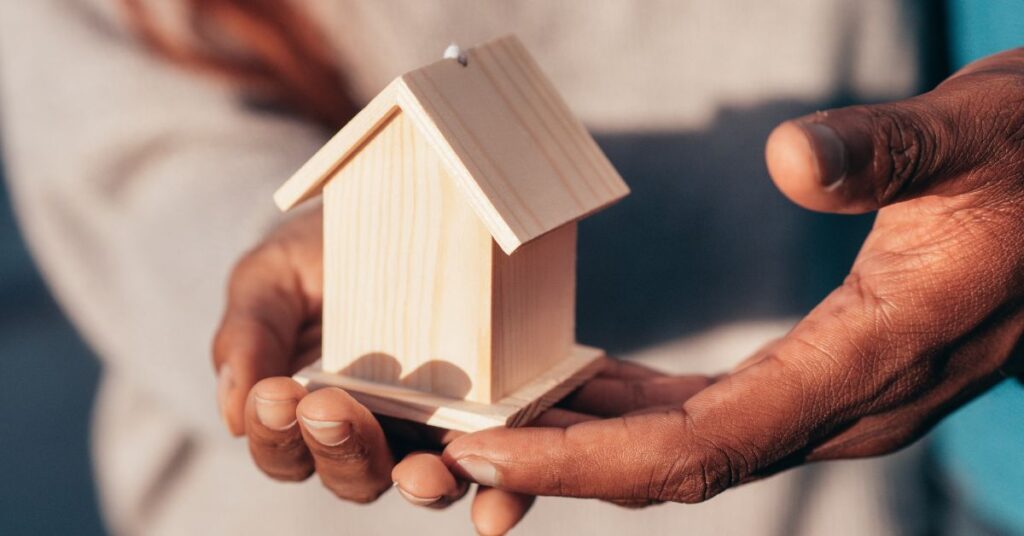Get Expert Financing
- Matched with investor-friendly lenders
- Fast pre-approvals-no W2s required
- Financing options fro rentals, BRRRR, STRs
- Scale your portfolio with confidence
Many first-time home buyers think a 20% down payment is recommended, or even required, to purchase a home. With today’s rising home prices, a 20% down payment is no small amount of money.
However, you may be surprised to know that a 20% down payment is not necessary to buy a home in today’s market. In some cases, a large down payment can be a smart financial decision. In other cases, it can hurt you more than it helps.
Here’s what you should know about your down payment options, and why a 20% down payment isn’t necessary to achieve homeownership.
The myth of the 20% down payment has kept some would-be home buyers from pursuing homeownership and left others losing out on the sidelines as home prices continue to grow as they try to save up.
The origin of the 20% myth comes from the conventional loan requirement that buyers need to pay 20% of the price of the home upfront to avoid the added monthly expense of private mortgage insurance (PMI). Another reason for the myth could be that some lenders prefer to only deal with traditional 20% conventional loans, which are considered less risky for banks.
However, many low-down payment loans exist, including low-down payment conventional loans. First-time buyers could choose to put off buying while they save for a large down payment, but this can be difficult, as home prices continue to rise each year, potentially outpacing your ability to save.
Some popular mortgage loans require a down payment of as little as 3%, and a couple requires no down payment at all. Here are some of your options.
The Federal Housing Administration’s home loan program is popular with first-time buyers and requires a minimum down payment of only 3.5%. You are allowed to meet this down payment with a financial gift from family, and other homeownership offers may also be available. An FHA loan requires a small monthly mortgage insurance payment for the life of the loan.
The Veterans Affairs home loan program offers mortgages with zero down and no monthly mortgage insurance for current and former members of the military. You are allowed to use gift funds from family or a seller concession to pay for up to 100% of closing costs with VA loans.
Conventional loans are available with a down payment of as little as 3%, provided you purchase PMI. The Conventional 97 loan program is a low-down payment loan program from Fannie Mae that has no income limits and no first-time buyer requirement. The HomeReady loan program is a newer Fannie Mae program with a 3% down payment requirement that’s good for multigenerational households since non-borrower household members can contribute toward qualifying income. The Home Possible Advantage loan program from Freddie Mac offers a down payment of as little as 3% with reduced mortgage insurance.
Home loans through the U.S. Department of Agriculture are another zero-down option. This program has location-based eligibility, with many homes outside major metro areas eligible.
Both Fannie Mae and Freddie Mac have loan programs for 5% down payment if you will use the home as your primary residence, and not a second home or a rental property. You’ll need a good credit score of 680 to 700 or better to qualify.
There are also some 10% down home loan programs, which may be a good option in some circumstances. The FHA will allow a credit score as low as 500 if you pay 10% down. Other borrowers with high debt or fair credit may be approved with a larger down payment. Even borrowers with good credit can benefit from a 10% down payment, since you will save significantly on the cost of PMI.
Even with a low down payment, you may be eligible for a first-time buyer or homeownership program. There are almost 2,500 such programs that can include grants, forgivable loans, below-market first mortgages, tax credits and more. The average benefit of such programs is around $8,000, which could make homeownership even more affordable.
Submit Your Loan ScenarioYou may be interested in what down payment amount is most common. The answer is that it’s not 20%. Recent data from the National Association of Realtors reports that 60% of first-time home buyers make a down payment of 6% or less, far less than a traditional 20% down payment. Data shows that most FHA borrowers took advantage of a minimum 3.5% down payment, while most VA loan borrowers took advantage of that program’s zero down payment.
There are pros and cons to making a low down payment. With a low down payment, you may have to contend with the added cost of mortgage insurance, potentially higher mortgage rates, and having less equity in your home.
On the other hand, there are advantages to a low down payment, which may explain why they are so popular with first-time buyers. To start, buyers can jump into the home market now and start realizing equity gains as home prices continue to tick up. Buyers with a low down payment can keep more cash on hand for a rainy day. A low down payment also means you can focus on other investments. Some experts even say PMI can be a smart investment, thanks to home price appreciation.
Though many people believe you have to pay 20% down on a home, this isn’t required, and it may even be to your benefit to pay a much smaller percentage down. Many low-down-payment programs and homeownership programs are available to help you purchase a home, and many buyers take advantage of such programs every year. To be sure, a 20% down payment has its advantages, but so do other low-down-payment options. The important thing is to investigate all of your options and choose a home loan, and down payment is the best fit for you.
Our advice is based on experience in the mortgage industry and we are dedicated to helping you achieve your goal of owning a home. We may receive compensation from partner banks when you view mortgage rates listed on our website.

